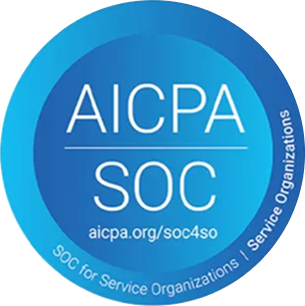In the rapidly changing world with the impact of digital transformation, the traditional practice of preparing grocery lists and making trips to nearby stores is fading away. Modern grocery apps bring convenience and efficiency to people's lives with hassle-free shopping and doorstep delivery experiences. Thus, grocery delivery app development is transforming the way people shop for their daily essentials. Picking up the pace due to the no-contact delivery during COVID-19, the demand for grocery shopping apps is rising rapidly. The global grocery delivery market in 2028 is expected to project a market volume of US$1,271.00bn by 2028, displaying a robust compound annual growth rate (CAGR) of 12.74% between 2024 and 2028. Moreover, in terms of revenue, this market is set to achieve a staggering revenue of US$786.80bn by the year 2024.Simultaneously, the grocery delivery app development market offers lucrative business opportunities with growing sales and user base. In the United States, the demand for grocery delivery has skyrocketed, with the number of users expected to reach 173.3 million by 2028. Meanwhile, worldwide online grocery sales are expected to increase and hit $810 billion in 2025. With the visible growth of the grocery delivery app market, retail businesses are shifting their store models from brick-and-mortar to online stores. Whether it is time and cost efficiency, expanded market reach, or enhanced customer loyalty, investment in this market is worthwhile for thriving in a digital age.
Types of Grocery Shopping And Delivery App Business Models
- The Inventory Model
The inventory-based model of a grocery app works on the concept where the inventory is managed by the store owner. Here, the eCommerce player buys products directly from different companies & suppliers and stores them in warehouses. These grocery apps take orders from customers and fulfill them from the available stock.Example: Walmart
- The Marketplace Model
This multi-vendor marketplace business model of a grocery app provides a common platform for multiple buyers and sellers to connect. This application acts as an intermediary where customers can find various products from different sellers and place orders.Here, the app owner does not maintain the inventory, while the platform facilitates shipping. The store owner is only responsible for packaging and timely dispatching the order. The eCommerce player charges a percentage of the overall sales as a commission from the store owner as a service cost.Example: Grofers
- Buy Online Pick-up In-Store (BOPIS) Business Model
The grocery delivery app enables customers to shop from the application and later collect them from the physical store at their convenience. Customers can also complete the payment process “online” or by using the "Pay at Store" option. Example: Target Drive Up
- The Hyper-Local Model
This type of grocery app provides fast, on-demand delivery of groceries from nearby sources, catering to the needs of consumers within a definite geographical circumference. The hyperlocal grocery business model focuses on speed, convenience, and optimized product delivery management. Moreover, it provides the opportunity to partner with local vendors to fulfill orders.Example: Postmates
Exclusive Features for a User-friendly Grocery Delivery App Development
Customer Panel
- Search Filters
Allow customers to choose from a wide range of food and grocery items through intuitive search, filters, and sorting.
- Multiple Payment Options
Provide multiple options to the customers to make payment at their convenience, using a credit or debit card, cash, or other accepted payment methods directly at the store.
- Order Tracking
With live order tracking, you can keep your customer updated with the current status of their orders.
- Delivery Scheduling
By scheduling delivery, you can provide customers with the liberty to choose a suitable time to receive their order. This feature is helpful to avoid unexpected delivery delays or last-minute changes.
- Repeat Order
Allowing customers to repeat their regular orders directly from their order history, enabling fast and convenient order placement.
- Push Notifications
Provide your customers information about special deals, price drops, order status, and other relevant updates via push notifications.
- Gamification
Ensure better engagement, collaboration, and conversion with gamification features.
- Personalization
Provide personalized recommendations and offer details achieved via AI technology integration.
- Feedback & Ratings
Allow customers to provide feedback and ratings about their shopping experience with the grocery application.
Admin Panel
- Custom Dashboard
Manage all features, stores, and parameters from an interactive customer dashboard.
- Manage Stores
Run and manage multiple stores from your grocery app.
- Assign Store Managers
Achieve more simplified and streamlined store management by assigning a manager to the store to process tasks.
- Manage Listings
Ensure that your grocery app provides a seamless method for adding product listings, setting prices, specifying quantities, and managing inventory details.
- Assign Orders and Manage Drivers
Your grocery app should manually or automatically assign orders, track driver progress, and manage driver accounts.
- Order Tracking
Track and manage the order placed to ensure a streamlined process.
- Manage Customers
View and manage registered customer details from a single dashboard.
- Payment Management
With multiple payment options added to your grocery apps, you can seamlessly receive the payment from your customers.
- Offer Management
Add a section to create and manage offers, deals, and discounts on your application on a regular basis. This will help you better engage your customers.
- Feedback Management
Monitor customer feedback on your grocery store app to identify areas for improvement and implement necessary enhancements. Additionally, highlight positive feedback consistently to showcase your business's strengths and reinforce customer satisfaction.
- Manage Notifications
Manage push notifications, emails, and SMS alerts to keep your customers updated with the latest information regarding new offers, deals, and discounts on the service. Also, utilize push notifications creatively to engage your customers and keep them returning to your application.
- Reporting and Analytics
With an interactive reporting and analytics system integrated into your application, you can gain deeper insights into your customers and how they perceive your services. It will help you grow your business and generate better ROI.
Store Manager Panel
- Store Locator
Ensure your app enables an easy way to discover nearby stores to support faster and seamless delivery of orders.
- Inventory Management
Integrate your app with a cloud-based inventory management system for real-time handling of supplies, improving efficiency, and enhancing backup and support of your system.
- Secure Payment Options
Incorporate secure payment gateways like debit cards, credit cards, or digital wallets into your grocery store app.
- Logistics Integration
Enhance delivery speed and streamline doorstep delivery by partnering with third-party logistics providers.
- Customer Support
With AI-enabled chatbots, you can improve your customer support system by resolving user queries faster and more effectively.
Delivery Agent Panel
- GPS Navigation
Help your delivery partners reach the accurate location efficiently with integrated maps and navigation.
- Order Details
Allow your delivery agents to view details like quantities, items, delivery address, assigned orders, and status (packed, pending, out for delivery) to manage their tasks effectively.
- Customer Contact
Provide delivery agents access to customer details and contact information to maintain smooth communication related to orders.
- Earnings Overview
Your riders should be able to view completed deliveries and earning summaries.
- Delivery Tracking
Allow delivery agents to view their order and delivery details and update the order status in real time accordingly.
- In-App Chat
Ensure smooth and easy communication between delivery agents and customers, which both of them are comfortable using with in-app chat.
- Delivery Instructions
Allow customers to add specific delivery instructions that delivery agents can view and fulfill effectively.
- Push Notifications
Provide real-time notifications, updates, and order assignments to the delivery managers.
How To Develop A Grocery Delivery App?
- Current State Analysis
Start by analyzing the market, target audience, competitors, and the latest trends that will help you manage the development process effectively. With market analysis, you can identify opportunities to excel in the market.
- Select a Suitable Business Model, Platform, and Technology
The next step is to select a platform for which you want to develop your grocery app. At the same time, choose a business model and a monetization strategy that can fulfill your requirements. You can implement a combination of them as well to drive better results.Also, review the technology stack used for grocery delivery app development:Components of TechnologyTools, Technologies, and frameworksFrontendVue.js, React, JavaScript, HTML, CSS, AngularBackendNode.js, Java/Spring, Python (Django, Flask)Cross-platform FrameworksFlutter, React Native, IonicMaps & NavigationMapKit (iOS), Google Maps PlatformPayment GatewayBraintree, PayPal, StripeDatabaseMongoDB, MySQL, SQL Server, PostgreSQLCloud StorageAWS, Google Cloud, Microsoft AzurePush NotificationsApple Push Notification Service (APNs), Firebase Cloud Messaging (FCM), Amazon Simple Notification Service (SNS) AnalyticsAdobe Analytics, Appsflyer, Google Analytics for Firebase
- Design UI/UX for Grocery Shopping App
Create user flows, wireframes, and low-fidelity/high-fidelity mockups to define the seamless mobile application journey for customers. This UI/UX design will also ensure that all stakeholders are on the same page regarding the app navigation.
- Development Phase
Let’s begin the development process by integrating all the features, functionalities, and selected technologies to ensure a full-fledged grocery shopping app development.
- Quality Assurance Process
Test the grocery app functionality, usability, load handling, hardware compatibility, and performance on various parameters to ensure an optimized and consistent user experience across channels.
- Grocery Delivery App Launch and Maintenance
After you are satisfied with the app's performance, you can make it live on the dedicated platforms. However, your work continues beyond the app launch since you must maintain and scale the application to stay competitive in the market.
How Much Does Grocery App Development Cost?
The cost of grocery mobile app development will depend upon the app's complexity, the development team, and the features you wish to integrate. Depending on these various factors, the cost of grocery delivery app development can be anywhere from $30,000 to $150,000. However, with more complex features like order tracking, push notifications, and custom payment gateway integrations, this cost can extend up to $250,000.Read our blog on the mobile app development cost to get a more accurate estimation of your project. Moreover, consult with a professional app development company to get a price quote.
How to Earn Revenue from Grocery App Development?
- Delivery Charges
This is one of the common monetization strategies of grocery apps. You can charge customers for delivery based on their location and the size of their product orders. Additionally, you can impose fees for specific, timely deliveries.
- Subscription Charges
Allow your customers to purchase an app subscription and provide your users with some specific perks like free delivery, priority delivery, and no surged charges.
- App Commission
This is one of the best monetization strategies for Grocery apps, where you can charge commissions from store owners on every order they get from your platform.
- Surge Pricing
Recognize the pattern of there is a limited stock and a rise in grocery orders during the festive season, weather events, or payday periods through AI algorithm. You can increase the prices in that period and earn more revenue.
- Promotions
Allow store owners to boost their visibility on relevant search results through advertisements. This way, they can reach their target audience, and you can generate revenue.
What Makes Successive Digital a Trusted Grocery Delivery App Development Company?
Having a reliable technology partner is a must to ensure the successful development of a grocery app. With over a decade of industry experience, we have established ourselves as a renowned mobile app development company, providing us with industry-relevant experience for delivering smart grocery delivery apps.With the blend of intelligent tech and our decade of industry experience, we create seamless digital experiences in grocery apps. Moreover, our agile project development methodologies enable on-demand scalability across all modern platforms and devices.
Faster Time to Market
We bring your unique app idea to market ahead of competitors using advanced technology and implementing actionable strategies, ensuring rapid deployment.
Experienced Professionals
Our team of professional app developers, with an average experience of over a decade, offers smart digital solutions tailored to various industries.
Custom-built Solutions
We pay attention to detail and focus on aesthetically pleasing and functional design to offer end-to-end custom grocery app development solutions.
Multi-Model Grocery Delivery App Solutions
Our grocery store app solutions integrate diverse business models, offering flexibility and efficiency to give your app a competitive edge.
.avif)
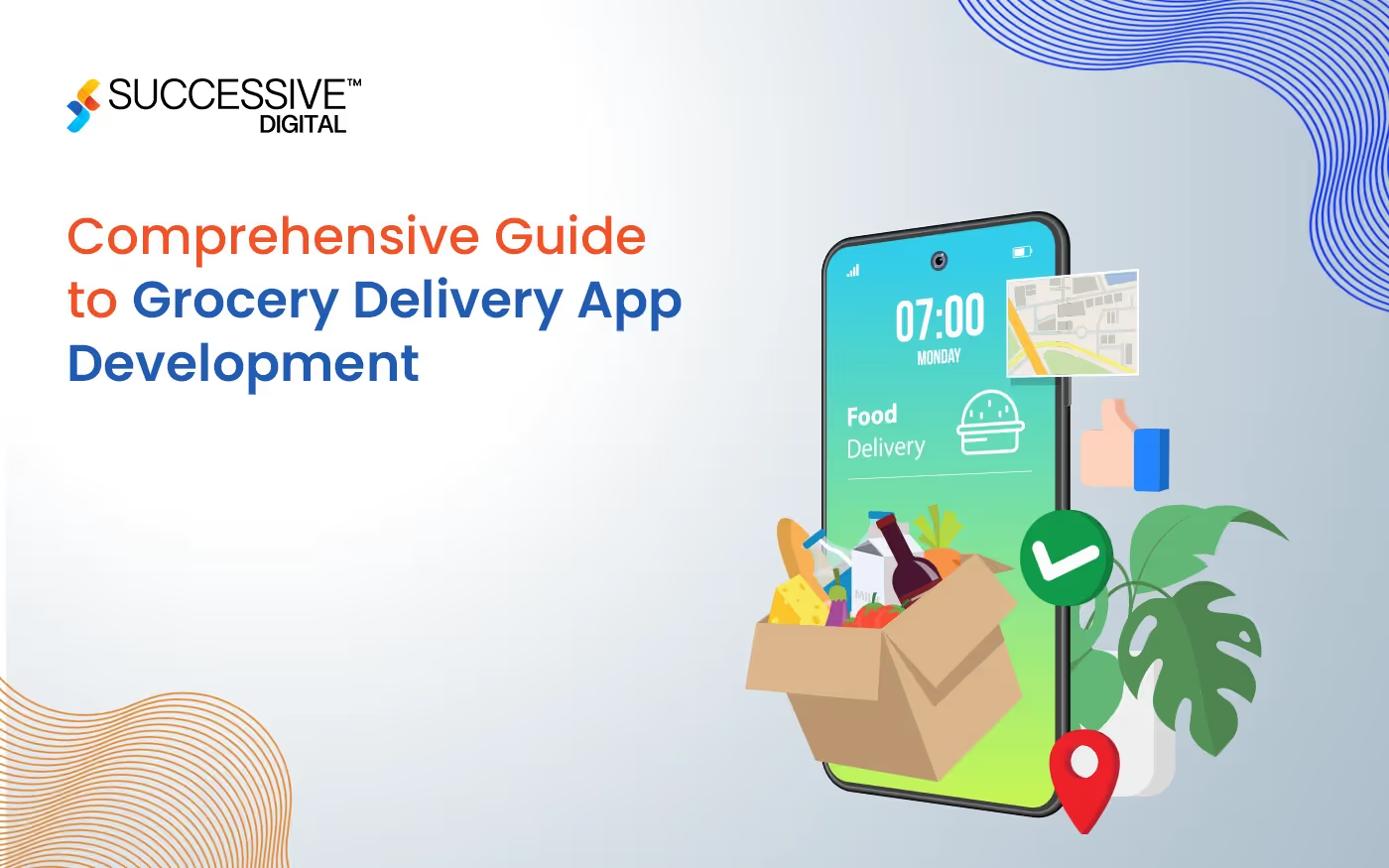


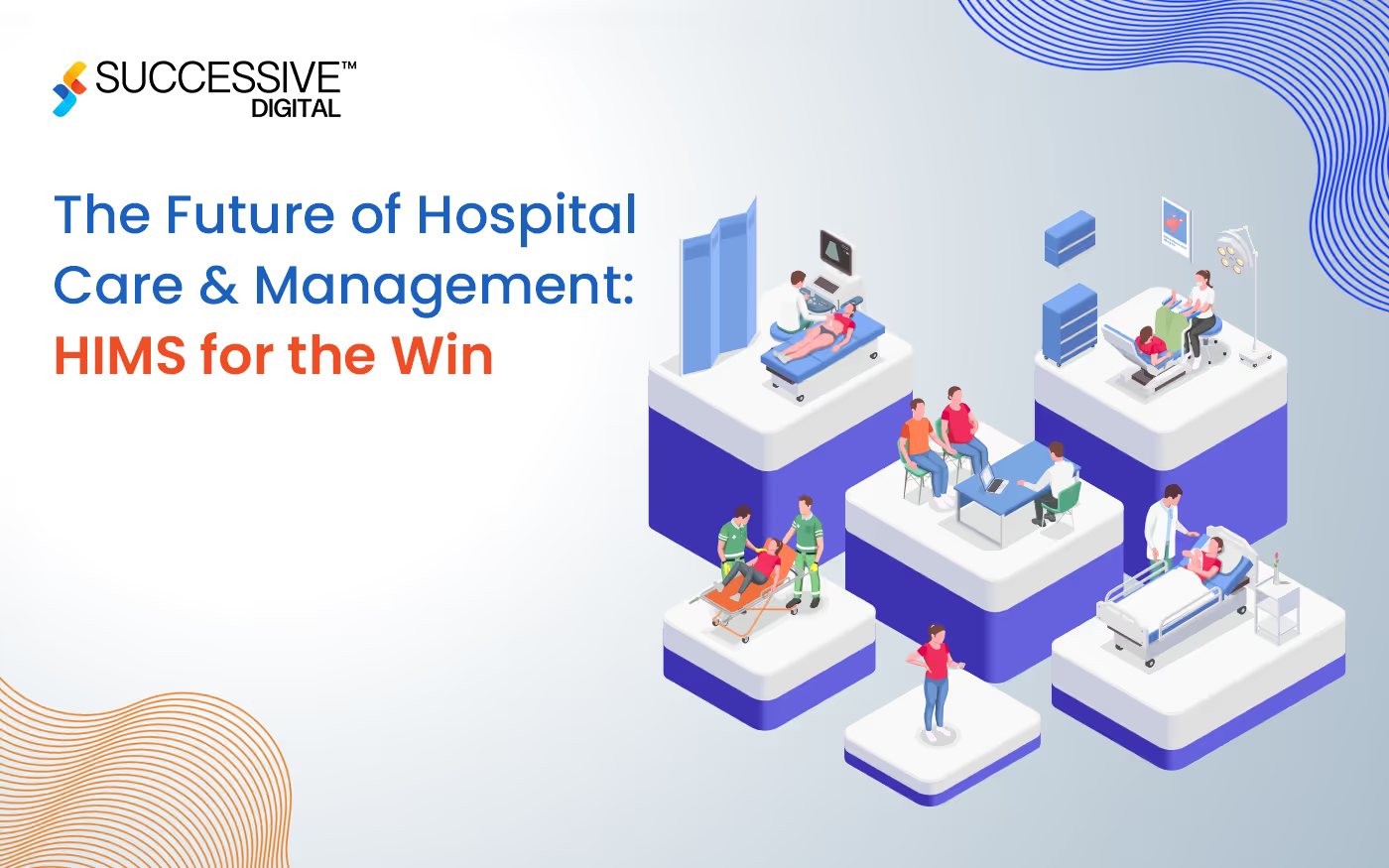
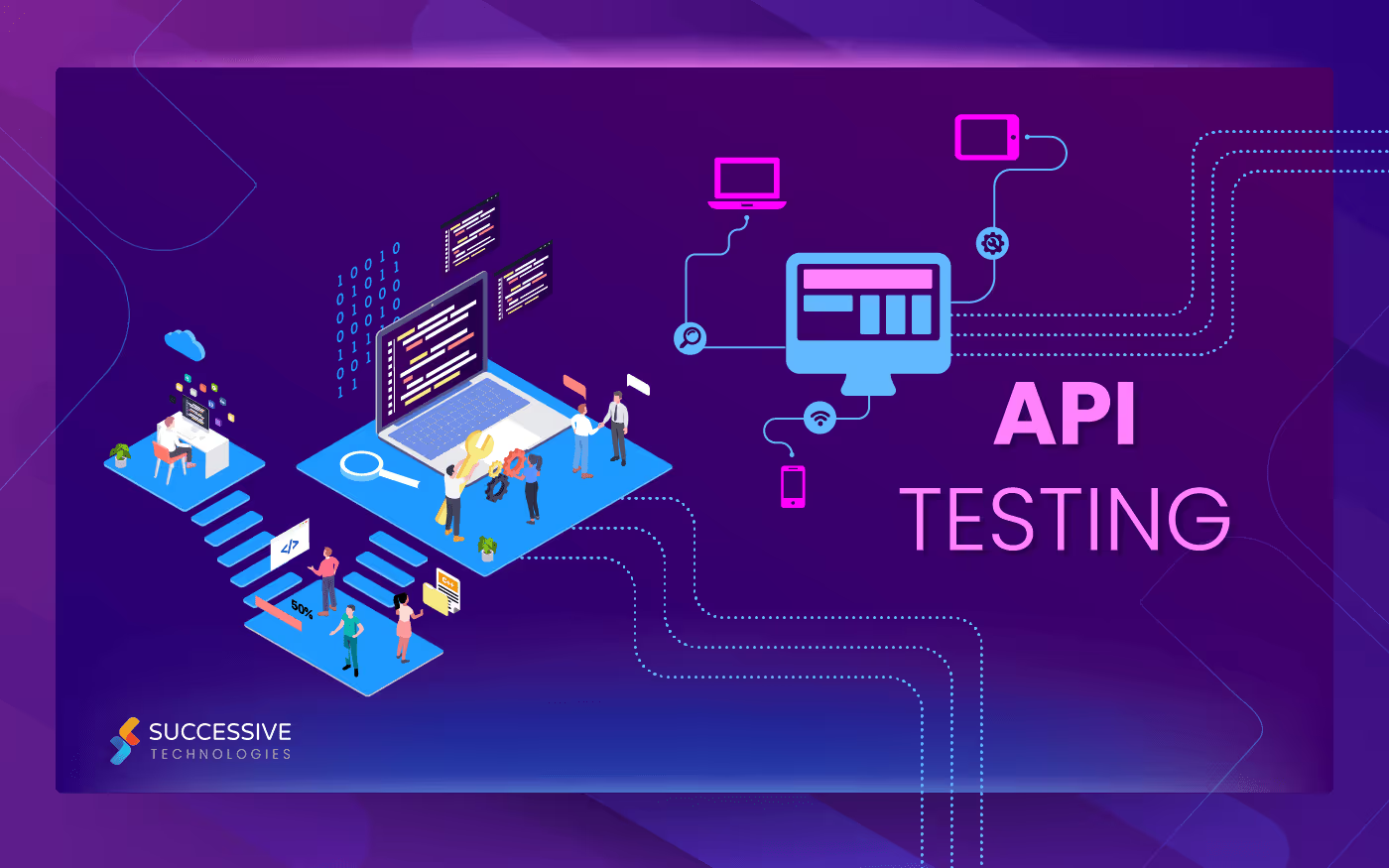
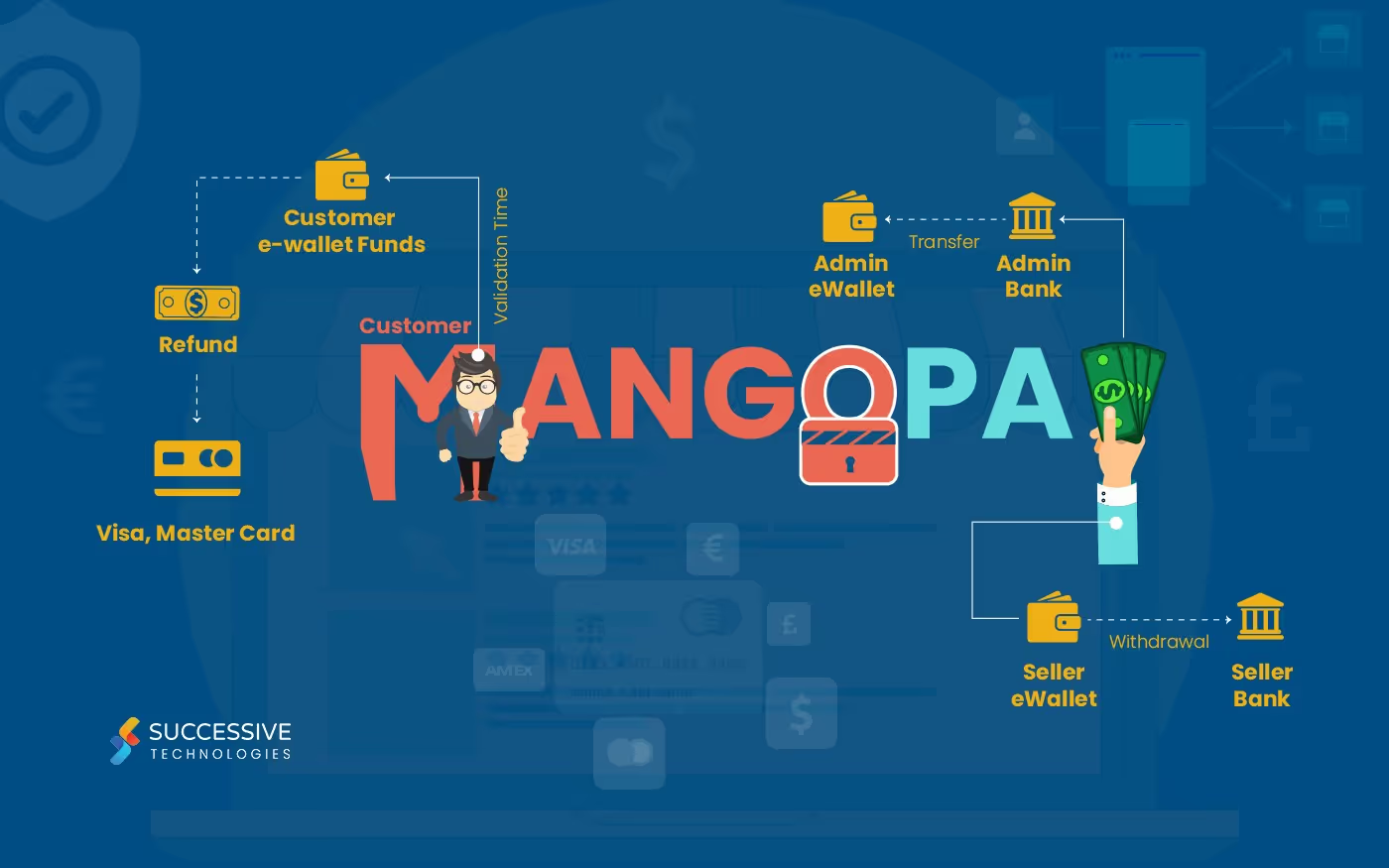
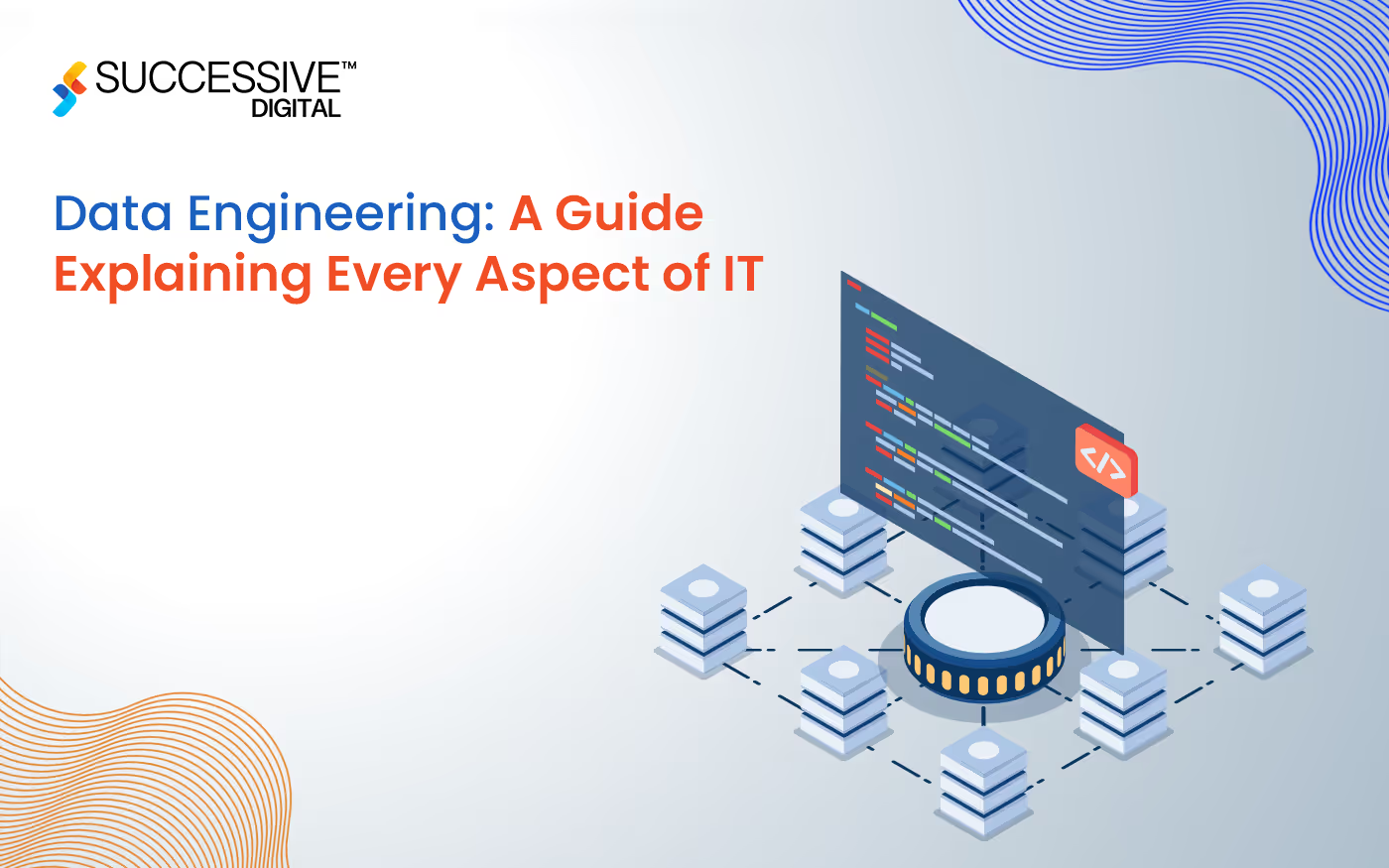



.jpg)





